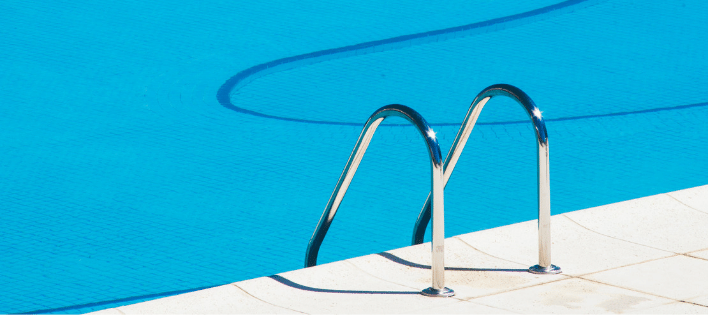If you slip and fall at a public pool, on a neighbor’s property, at a school or in a retail establishment, from whom can you recover injury compensation? Additionally, what are the common time limits, under Canada’s “Occupier’s Liability Act” for incidents like these? Generally speaking, whenever people slip and fall on public property, they can sue the owner of the property in order to get compensation for any injuries sustained.
It’s important to learn the basics about the law, about compensation and about any time limits that might pertain to your particular case.
The Most Common Form of Serious Injury
Slip and fall injuries are the primary source of serious injuries in Canada. In fact, about 60,000 people suffer each year as a result of slip and fall accidents. That’s the main reason there are so many lawsuits related to this kind of accident.
But what are the specific laws that apply, how can a victim get compensation and what are the limitation periods?
The Key Question
Before proceeding with a case, you need to determine whether you or someone else was the at-fault party for the accident. If you caused yourself to become injured, there’s no reason to pursue a legal remedy. But if you believe that someone else’s carelessness or negligence was the main cause of your injury, then you might have a case to file a lawsuit.
When looking at the idea of negligence, it helpful to consider some of the most common conditions that lead to slip and fall accidents, including:
- Handrails that are broken or missing
- Stairs that are rickety or otherwise unsafe
- The presence of water, ice or snow
- Obstacles to passage, like debris, tools or discarded appliances
- Surfaces that are dangerously uneven
- Walkways and other surfaces that contain holes, gaps and cracks
- Lighting that is poor
Liability Laws if You Slip and Fall at a Public Pool or Other Public Location
Getting Compensation
If you slip and fall on public property, at a swimming pool for example, you need to understand the law regarding compensation.
The main areas that a court will award damages for include medical expenses, loss of income, pain and suffering. You can also be compensated for what it costs you to travel to and from a doctor’s office or hospital for treatment of the injury.
How much you are awarded depends on two important factors: how the injury has impacted your daily life and how serious the injury is. It is the job of the court to also consider factors like the following:
- Whether you might have had some responsibility for the accident
- Whether you already had injuries that were worsened by the one you are suing for
- Your age
The bottom line is that every case is unique, so there can be no one-size-fits-all settlement amount for slip and fall cases. In public pool liability cases, for example, injuries can range from very minor to quite serious. The seriousness of the injury and the cost to treat it are two essential points in every accident lawsuit.
Lawsuit Limitation Periods
Ontario’s slip and fall statutes typically require plaintiffs to initiate a suit within two years after the accident occurs. This time limitation would pertain to slip and fall situations at a retail store or non-municipally owned property.
However, if you slip and fall at a public pool or other area owned by a municipality, there is a 10-day time limit to notify the municipality after an accident takes place. The controlling point is whether the property is owned by a municipal entity. If it is, then you must adhere to the 10-day “notice to sue” rule and begin the lawsuit within two years of the accident.
If you miss a notification deadline or a filing deadline, it’s quite possible the court will rule your suit invalid and refuse to proceed.
What Should You Do?
It’s always wise to contact a lawyer who specializes in accident cases and has experience with various types of injury claims, like public pool liability and others. A lawyer can help you decide how strong of a case you have; can help you gather evidence of the injury and can otherwise assist you in bringing a successful lawsuit and getting compensation.















